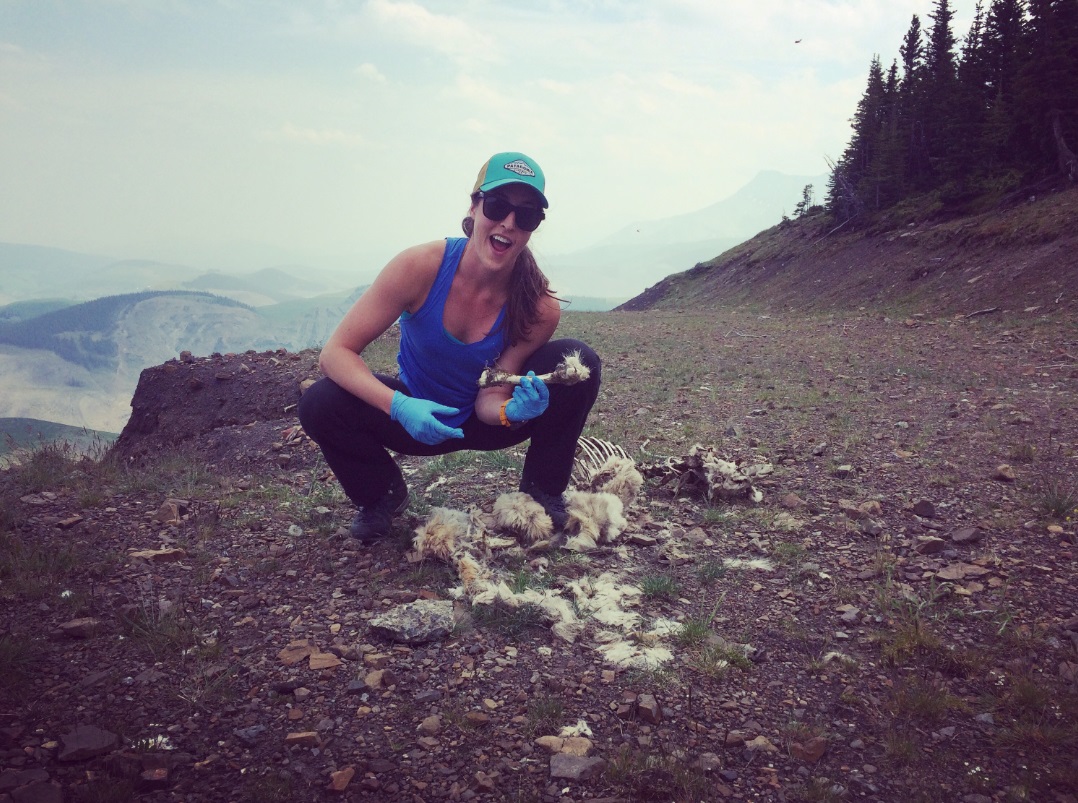Is cougar habitat selection on a reclaimed mine based on prey availability?
Reclaimed mines in my study area near Cadomin, Alberta are home to one of the world’s most prized bighorn sheep populations that has produced multiple trophy rams. The mines were once used to extract coal for metallurgical purposes and have since been reclaimed to wildlife habitat. Bighorn sheep (Ovis canadensis), among other ungulates, have highly nutritious forage and protection from hunters at the mine sites, which has allowed their populations to grow. Cougars (Puma concolor) are known to frequent the reclaimed mines and depredate bighorn rams. Cougars prefer rugged terrain, high accessibility to prey, and edge habitats for hunting; they are relatively tolerant to minor human disturbance and successful at inhabiting novel ecosystems. Thus, the cougars are well suited to exploit the plentiful ungulate prey at the reclaimed mines. However, little current literature exists examining the implications of mining and reclamation on carnivores, such as the cougar. Firstly, we will model ungulate habitat use and distribution on the reclaimed mines using historical ungulate count data collected by Bighorn Wildlife Technologies Ltd. These results will provide an estimate for prey availability in the study area. Secondly, we will evaluate how prey availability, landscape features, and mining-specific features interact to determine habitat selection in cougars. Thirdly, we will visit cougar kill sites to determine how and where cougars select prey on the reclaimed mines. Unraveling these relationships will help to ensure that all wildlife populations are considered for future reclamation and management strategies.

